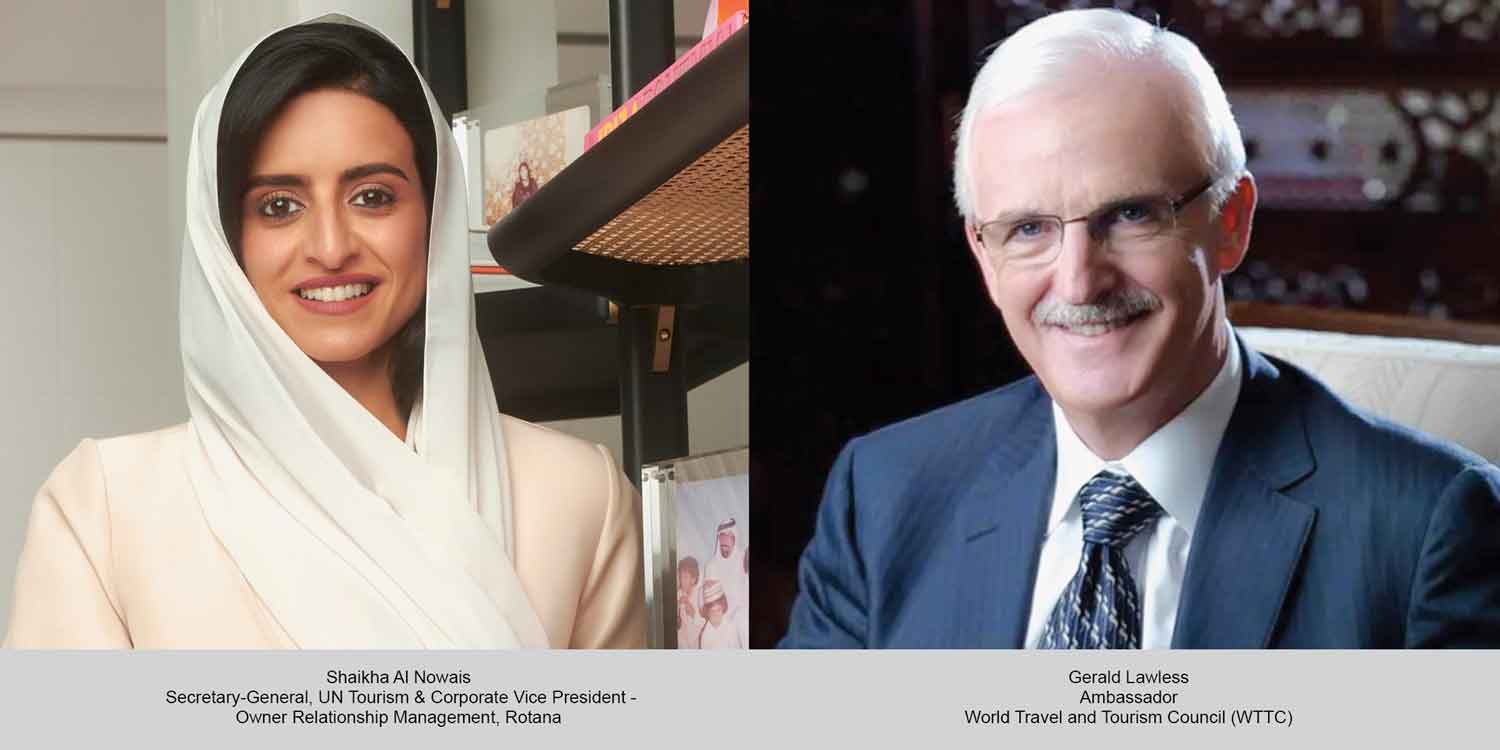Prof. Dr. Wolfgang Georg Arlt, CEO, China Outbound Tourism Research Institute (COTRI), shares with TRAVTALK latest trends, as Chinese travellers start visiting the Middle East destinations again.
TT Bureau
Efficient air connectivity between the UAE and China witnessed over one million travellers from China in 2019. Post pandemic as the region awaits the return of Chinese travellers,
Prof. Dr. Wolfgang Georg Arlt, Chief Executive Officer, China Outbound Tourism Research Institute (COTRI), says that Chinese travellers are now on the lookout for new destinations. “Many Chinese now look for new destinations, they can include Egypt, Jordan and Saudi Arabia,” he said.
The Middle East region’s best season is always the last quarter and first quarter due to the weather conditions, especially for the Chinese travellers. However, this year the borders opened a little later than anticipated, leaving the hopes on the last quarter.
“After three long years, China’s borders opened again in early 2023. Business travellers and students started to go abroad immediately, leisure tourists had to renew their passports and in many cases are currently waiting for the processing of their visa application. Not more than half of the air routes from and to China have been re-established and air ticket prices are only slowly falling,” Prof. Arlt said.
“As a result, in the first half of 2023, China’s outbound travel restarted slower than expected; less than 25 million Chinese crossed the border, compared to 90 million in the first half of 2019. Fortunately, all surveys and forward booking numbers show that the 100 million Chinese citizens are affluent enough to travel long distance and the 200 million Chinese who can afford a trip within the region are eager and willing to spend their travel budgets as soon as it becomes possible again. In 2024 China will be again the No. 1 international tourism source market in the world,” he added. “However, the needs and expectations as well as travel motivations and behaviour changed profoundly during the pandemic, with shopping, package tours and sightseeing losing out to activities, authentic experiences, local culture and gastronomy, special interest tours and the discovery of new destinations,” he further added.
Prof Arlt shared that the luxury segment has seen an increase, as money could not be spent between 2020 and 2022. “Shopping is still important, but less so than before. Spectacular and authentic activities and fine dining are getting more important. Many Chinese were impressed by the architecture of the shopping malls, but not so much by the quantity and quality of products offered,” he added.
On how the travel agents could attract more Chinese travellers to this market, Prof. Arlt stated, “Understand the market much deeper, understand that different Chinese travellers (young/old, experienced/ not experienced, and rich/ very rich) have different demands and want different kind of services and products. Adapt products and storytelling accordingly. We offer training and consultancy for that, starting with a one day ‘China outbound tourism recovery day’ training and workshop. We are doing consulting and training in order to understand the requirements of the Chinese travellers. Concentration on smaller groups and FIT, product adaptation, new communication and distribution channels.”
In conclusion, he shared that in terms of the future of Chinese travellers, “After three long years, China’s borders opened up again in early 2023. Business travellers and students started to go abroad immediately, leisure tourists had to renew their passports and in many cases are currently waiting for the processing of their visa application. Not more than half of the air routes from and to China have been re-established and air ticket prices are only slowly falling. As a result, in the first half of 2023, China’s outbound travel restarted slower than expected: Less than 25 million Chinese crossed the border, compared to 90 million in the first half of 2019. Fortunately, all surveys and forward booking numbers show that the 100 million Chinese citizens are affluent enough to travel long distance and the 200 million Chinese who can afford a trip within the region are eager and willing to spend their travel budgets as soon as it becomes possible again. In 2024, China will be again the No. 1 international tourism source market in the world. However, the needs and expectations as well as travel motivations and behaviour changed profoundly during the pandemic, with shopping, package tours and sightseeing losing out to activities, authentic experiences, local culture and gastronomy.
 TravTalk Middle East Online Magazine
TravTalk Middle East Online Magazine









